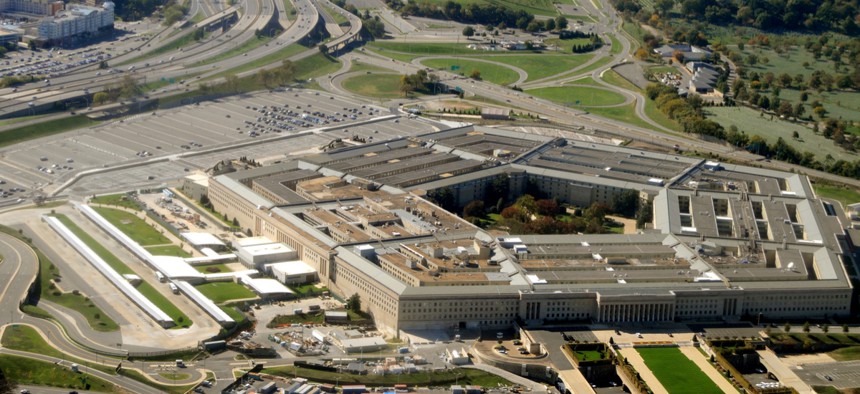DOD Needs To Decide Exactly What the CMO’s Authorities Are

Frontpage/Shutterstock.com
The chief management officer was designed to be a powerful position to reform the Defense Department but has yet to get its footing.
Congress has imbued the Defense Department’s chief management officer with significant powers, putting the position third in line to the secretary of defense. But the position has not been effectively using its authorities, according to the Government Accountability Office.
Since the first CMO, John Gibson, took over the elevated position in January 2018, the office has been plagued by shifting missions and morass. Just five months after Gibson took office, one of the major components of his job, leading the department’s cloud steering committee, was transferred to the even newer chief information officer, Dana Deasy, who was just weeks into the job.
Months later, reports surfaced that Gibson’s time as CMO was to be cut short. He resigned in November.
Lisa Hershman, deputy CMO, has been serving as the acting management officer since Gibson’s ouster.
The CMO position was created to push much-needed management reforms within the Defense Department to recoup billions in unaccounted for waste throughout the military.
In a report released Thursday, GAO outlines three specific issues, all surrounding how the CMO’s authorities are outlined. The first two both deal with the CMO’s ability to exercise authority over the military departments, as well as the various defense agencies and field activities.
According to the report, the CMO has “authority to direct the secretaries of the military departments on matters over which the CMO has responsibility” and “is responsible for exercising authority, direction and control over the designated [defense agencies and field activities] that provide shared business services,” such as logistics and human resources.
But the CMO’s office has yet to exercise such authorities and the department has yet to issue clear guidance on how these offices should interact.
Similarly, the 2018 National Defense Authorization Act shifted some of the duties formerly under the chief information officer over to the CMO’s purview, including gathering and analyzing big data sets to improve decision-making and managing the department’s move to the cloud.
As with the other areas, department officials have not “determined which, if any, responsibilities will transition from the chief information officer to the CMO or assessed the impact of such a transition on associated resources.”
Hershman told Congress in November that she and Deasy had worked out an unofficial division of duties but did not perform an analysis or outline the specific tasks and duties each would be responsible for.
The lack of specific policy around these issues led to GAO’s fourth recommendation: develop departmentwide guidance on the CMO’s authorities and how the office should interact with other military offices.
“Considering the evolution of the CMO’s authorities and responsibilities since the position was created, guidance that fully encompasses all CMO authorities and responsibilities and explains how they are to be operationalized could help to institutionalize and sustain the position beyond the tenure of the current acting CMO,” the report states.



